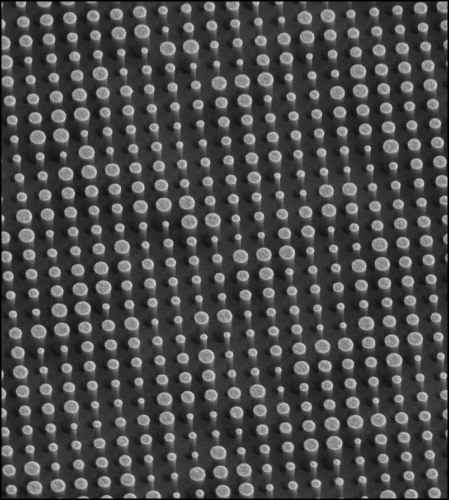
What are Meta-Optics?
Meta-optics (metasurface optics), are a fundamentally new way to transform light with unprecedented accuracy. Gain performance and space advantages and unlock new capabilities with multifunctional meta-optics made in standard semiconductor foundries.

Metalenses: Planar Optics on a Chip


Combine the function of up to five optical elements into one meta-optic with Metalenz technology.
Benefits of Meta-Optics
Polar <span>ID</span> Secure Face Unlock for Mobile
PolarEyes Polarization Imaging System
Orion Pattern Projectors
FAQs
Currently we are focusing on production for 940nm applications
Yes, AR coating is applied to maximize the transmission efficiency.
Metalenses consist of nano-structures that create a phase-shift in light that passes through, which allows the light flow to be fully controlled in a process very similar to beam-forming. Fresnel lenses on the other hand have coarser grooved structures that bend the light that passes through according to traditional refractive/diffractive principles, providing much more limited control over the light patterns that can be created.
Exceptionally large, including automotive ranges (e.g. -40°C to 110°C). Metasurfaces are inorganic materials with very low thermal expansion and very low thermal expansion mismatches, and the layering deposition process ensures no de-lamination over wide range of temperature.